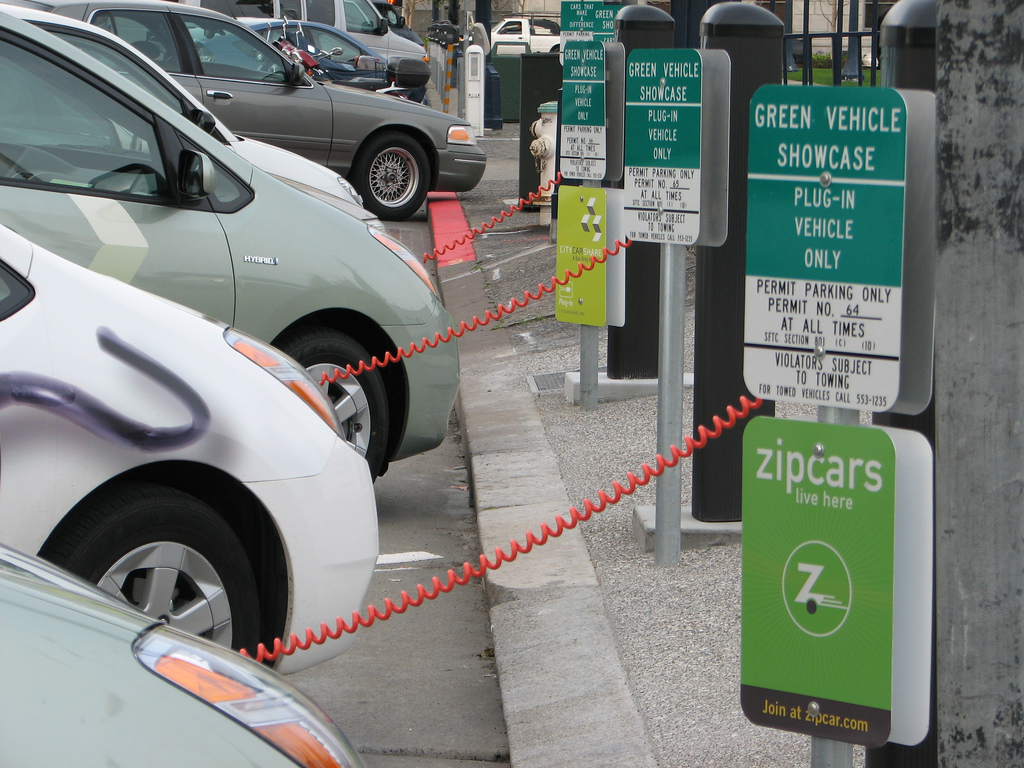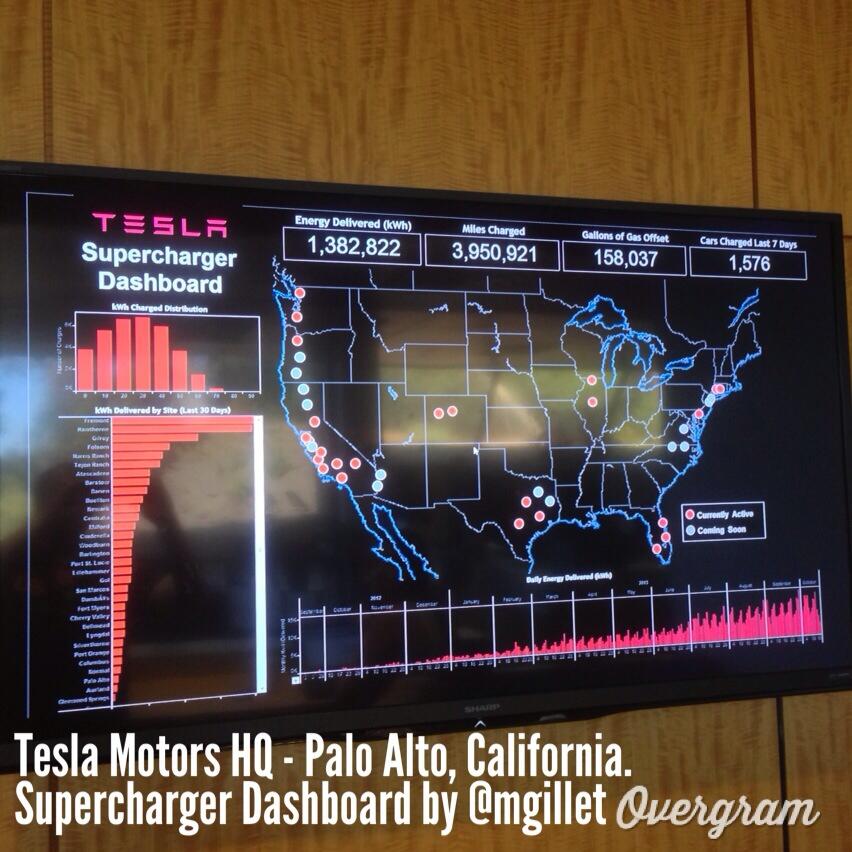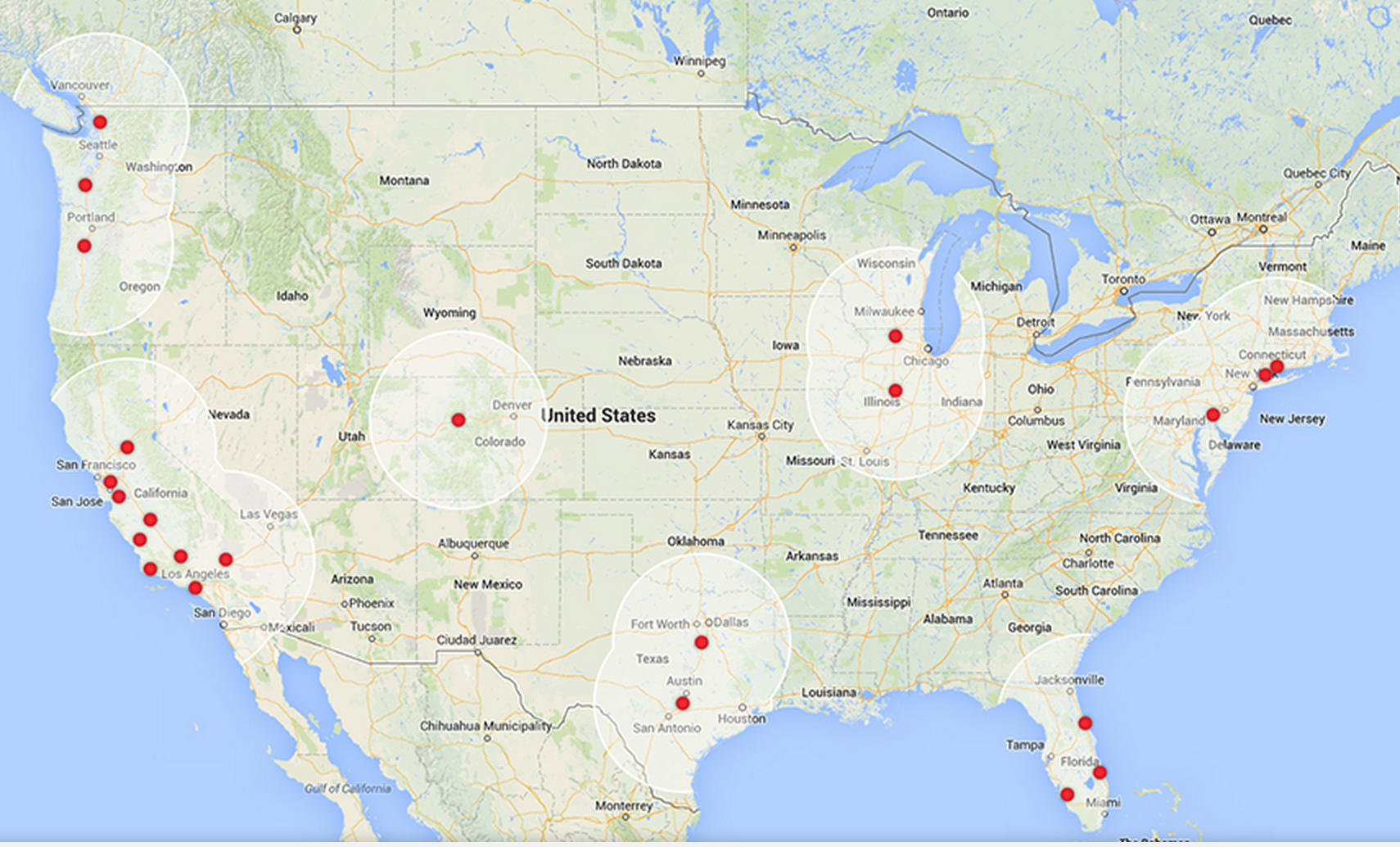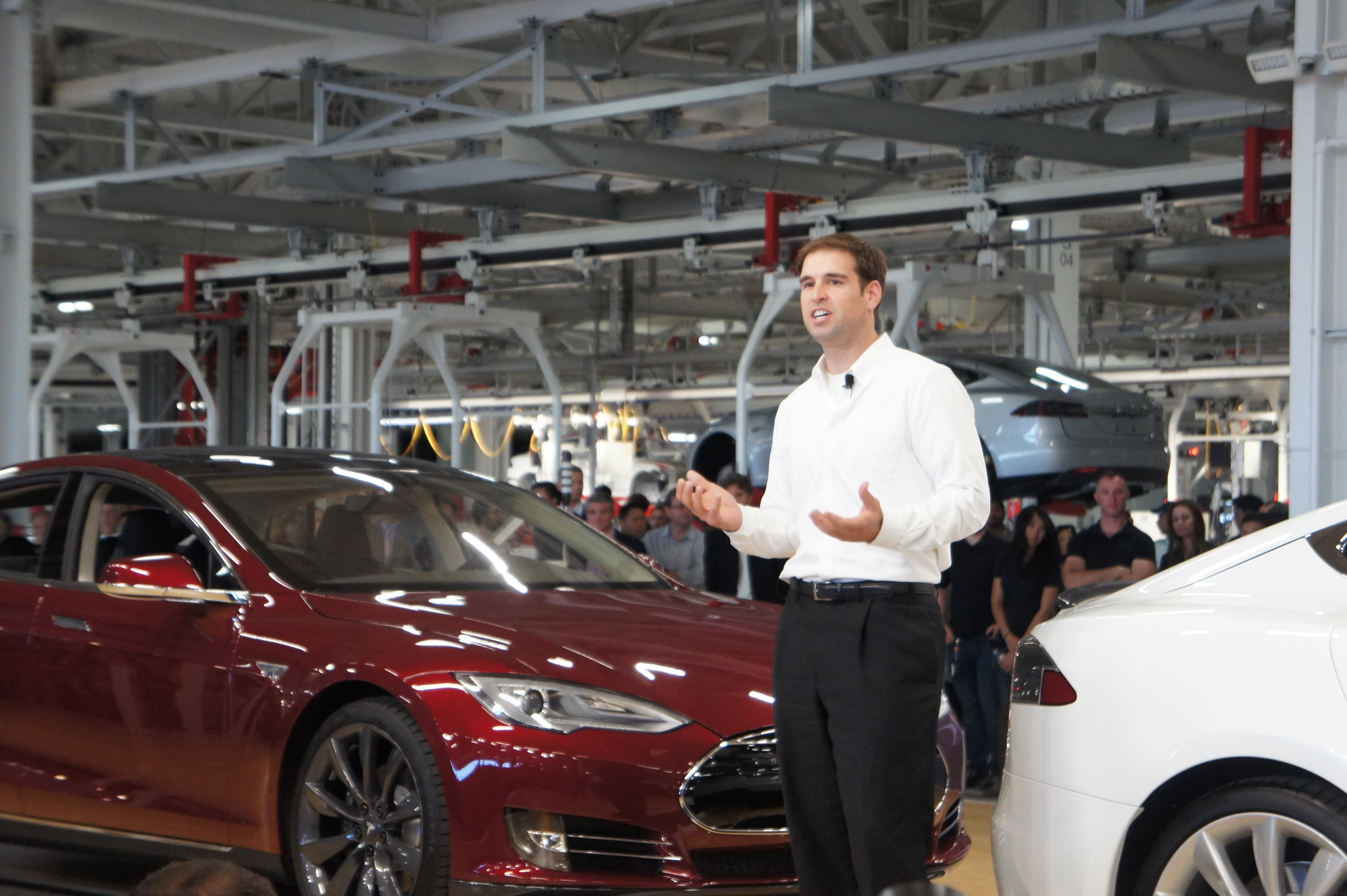California, Connecticut, Maryland, Massachusetts, New York, Oregon, Rhode Island and Vermont team up to support electric vehicles

In an effort to spur lackluster sales of electric cars, California, New York and six other states said on Thursday that they would work jointly to adopt a range of measures, including encouraging more charging stations and changing building codes, to make it easier to own an electric car.
The goal, they said, was to achieve sales of at least 3.3 million vehicles that did not have any emissions by 2025.
The states, which represent more than a quarter of the national car market, said they would seek to develop charging stations that all took the same form of payment, simplify rules for installing chargers and set building codes and other regulations to require the stations at workplaces, multifamily residences and at other places.
Charging stations, charging stations, charging stations.
Related articles
- Coalition of States Seeks to Spur Use of Electric Cars (nytimes.com)
- Eight U.S. states band together to promote clean cars (reuters.com)
- Eight governors make zero-emission car pledge (usatoday.com)
- 8 States Vow 3.3M Zero-Emission Vehicles by 2025 – ABC News (abcnews.go.com)
- 8 states sign deal to boost electric-car sales (sfgate.com)
- California joins initiative to put 3.3 electric vehicles on the road (techi.com)
- Oregon one of eight states aiming to put 3.3 million zero-emission vehicles on the road (oregonlive.com)
- California joins seven other states to put 3.3 million zero emission vehicles on road by 2025 (mercurynews.com)




